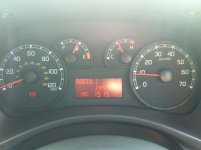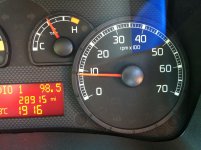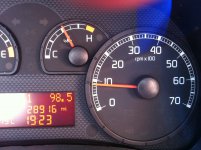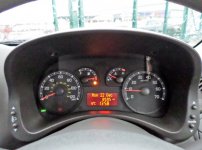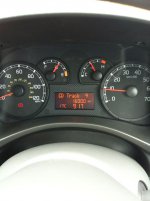Hi,
All of a sudden my Panda 1.2 8v has started idling as though the engine is cold. I already know the engine revs to around 1,200 rpm when cold but the engine is doing this when hot and fluctuating between 1,200rpm and 1,500rpm.
First thing I thought of was the cable for the throttle was sticking and so I put my foot under the pedal expecting the pedal to lift higher due to it sticking. But that wasn't the case.
This evening I took it upon myself to remove the airbox to have a good look at the throttle body/airbox/pipes for damage or cracks. The throttle body was clean and the rubber, engine breather pipe was still in good shape.
Nothing appears out of place and there are no engine lights and even after plugging my diagnostic machine into it, no codes were found!! Everything seems fine, but all of a sudden the engine revs to 1,200rpm and will no go lower than that! However, I've noticed the needle for the rev counter doesn't stick at 1,200, it fluctuates between 1,200 and 1,300 rpm or even jumping as high as 1,500rpm.
Please help.
Matt.
All of a sudden my Panda 1.2 8v has started idling as though the engine is cold. I already know the engine revs to around 1,200 rpm when cold but the engine is doing this when hot and fluctuating between 1,200rpm and 1,500rpm.
First thing I thought of was the cable for the throttle was sticking and so I put my foot under the pedal expecting the pedal to lift higher due to it sticking. But that wasn't the case.
This evening I took it upon myself to remove the airbox to have a good look at the throttle body/airbox/pipes for damage or cracks. The throttle body was clean and the rubber, engine breather pipe was still in good shape.
Nothing appears out of place and there are no engine lights and even after plugging my diagnostic machine into it, no codes were found!! Everything seems fine, but all of a sudden the engine revs to 1,200rpm and will no go lower than that! However, I've noticed the needle for the rev counter doesn't stick at 1,200, it fluctuates between 1,200 and 1,300 rpm or even jumping as high as 1,500rpm.
Please help.
Matt.


